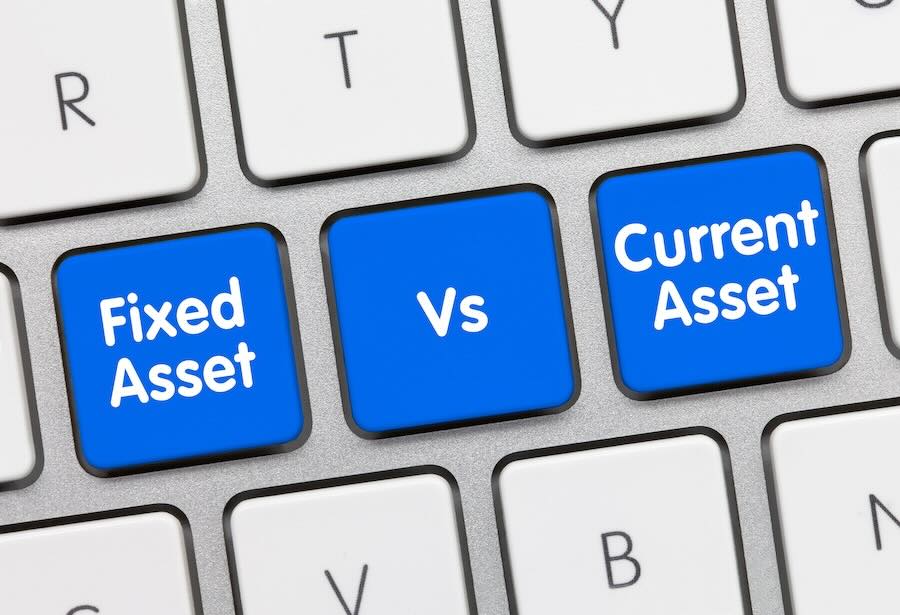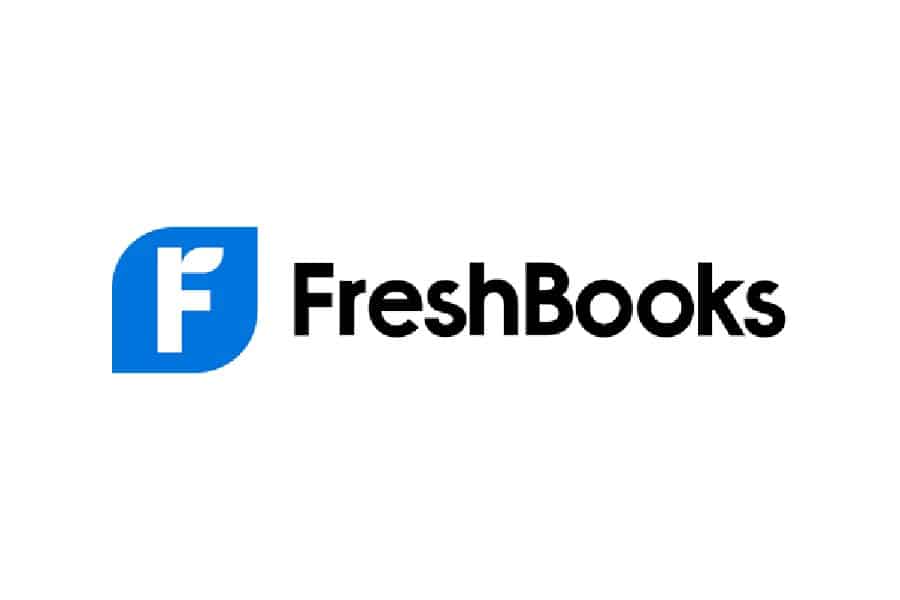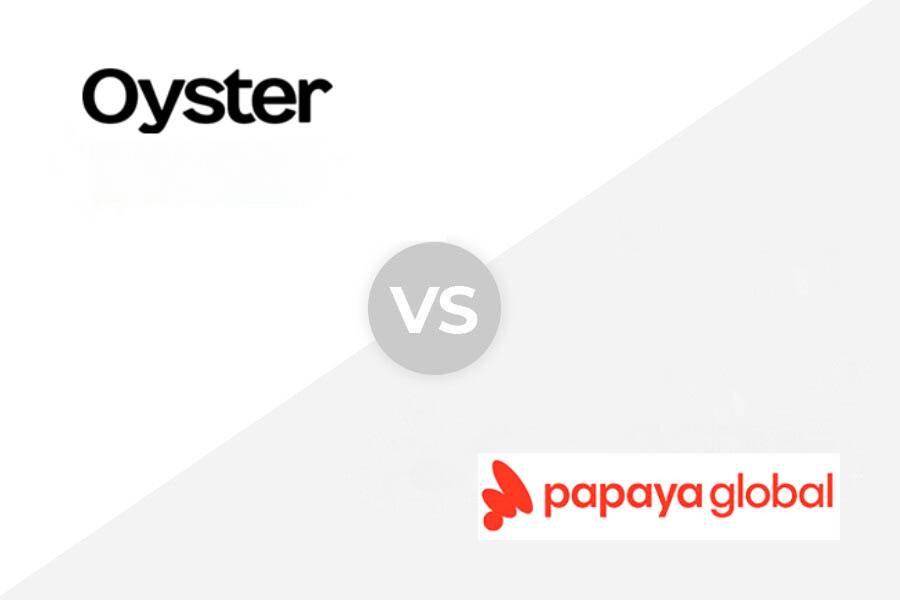
The main differences between current assets vs fixed assets are their expected lifespan and how easily they can be converted into cash:
- Current assets are short-term assets that are expected to be converted into cash or consumed within one year, such as cash, accounts receivable, and inventory; geared toward short-term liquidity and day-to-day operations
- Fixed assets are long-term assets held for productive use in the business operations, such as buildings, furniture, and equipment; represent long-term investments critical for sustained growth and productivity
These assets, each with distinct characteristics and roles, form the foundation of a company’s financial health and operational capability.
Examples of Current Assets vs Fixed Assets
Current Assets
Current assets are crucial for a company’s day-to-day operations and liquidity management. They help ensure that the company has the necessary resources to meet its short-term financial obligations and sustain its ongoing business activities.
Here are some examples of current assets:
- Cash and cash equivalents: This includes physical currency, such as coins and banknotes, as well as highly liquid assets that can be readily converted into cash, such as checking and savings accounts, money market funds, and short-term certificates of deposit.
- Accounts receivable (A/R): Amounts owed to the company by its customers for goods sold or services rendered on credit. These receivables are expected to be collected within a short period, typically within 30 to 90 days.
- Inventory: Goods held by the company for sale in the ordinary course of business. This includes raw materials, work-in-progress, and finished goods. Inventory is usually converted into cash through sales within one year.
- Short-term investments: Investments that are easily convertible to cash and have a maturity period of less than one year. Examples include marketable securities like Treasury bills, commercial paper, and short-term bonds.
- Prepaid expenses: Expenses paid in advance for goods or services that will be received. Examples include prepaid insurance premiums, prepaid rent, and prepaid subscriptions.
- Accrued revenues: Revenues earned but not yet received or recorded. These revenues typically arise from services performed or products delivered but not yet billed to the customer.
- Other current assets: This category may include various other assets that are expected to be converted into cash or used up within one year, such as advances to suppliers and deposits.
Fixed Assets
Fixed assets are long-term—also known as noncurrent—assets that are essential for a company’s operations and aren’t intended for sale.
Here are some examples of fixed assets commonly found across various industries:
- Property: Real estate properties owned by a company, including land, buildings, offices, warehouses, factories, and retail outlets. These assets are used for various purposes, such as manufacturing, administration, storage, or retail operations.
- Plant and equipment: Machinery, tools, and equipment used in production processes or business operations. Examples include manufacturing equipment, construction machinery, office furniture, and computer hardware.
- Vehicles: Company-owned vehicles used for transportation, delivery, or logistical purposes. This category may include cars, trucks, vans, forklifts, buses, and specialized vehicles used in specific industries like construction or agriculture.
- Technology and software: Computers, servers, software applications, and information technology (IT) infrastructure used to support business operations, data management, communication, and IT systems.
- Furniture and fixtures: Office furniture, fixtures, and fittings used to furnish workplaces, retail spaces, or customer service areas. Examples include desks, chairs, cabinets, shelves, display racks, and lighting fixtures.
- Intangible assets: Nonphysical assets that provide long-term value to the company but lack physical substance. Examples include patents, copyrights, trademarks, brand names, software licenses, and goodwill.
- Land improvements: Improvements made to land to enhance its value or utility, such as landscaping, fencing, parking lots, drainage systems, and lighting installations.
- Leasehold improvements: Improvements made to leased properties to customize them for specific business needs or to enhance their functionality. Examples include interior renovations, partition walls, flooring upgrades, and installation of specialized equipment.
Use Cases of Current Assets vs Fixed Assets
Current Assets
Current assets serve various purposes in a company’s operations and financial management. Here are some common use cases:
- Meeting short-term obligations: Current assets provide the liquidity necessary to meet short-term financial obligations such as paying suppliers, covering operating expenses, and servicing short-term debt. For example, cash and accounts receivable can be used to pay bills and salaries on time, ensuring the smooth functioning of the business.
- Managing working capital: Current assets—particularly accounts receivable and inventory—are key components of working capital management. By efficiently managing these assets, companies can optimize their cash flow, reduce the cash conversion cycle, and enhance overall operational efficiency.
- Funding growth initiatives: Current assets can be utilized to fund growth initiatives and strategic investments. For instance, excess cash can be used for expanding operations, launching new product lines, and investing in research and development activities to drive innovation.
- Seasonal fluctuations: Current assets are essential for businesses that experience seasonal fluctuations in demand. For example, retailers may need to increase their inventory levels during peak shopping seasons to meet customer demand. Having sufficient current assets allows businesses to adjust their resources in response to seasonal variations.
Fixed Assets
Fixed assets serve several critical purposes within a business. Here are some common applications:
- Production and operations: Fixed assets are often the backbone of a company’s production and operational capabilities. Machinery, equipment, and facilities are essential for manufacturing goods, providing services, and delivering value to customers. For example, manufacturing companies rely on specialized machinery and equipment to produce goods efficiently and maintain quality standards.
- Long-term investments: Fixed assets represent long-term investments in the company’s infrastructure and capabilities. These assets are expected to generate returns over an extended period, contributing to the company’s growth and profitability. Investments in property, plant, and equipment (PP&E) enable businesses to expand their capacity, enter new markets, and capitalize on emerging opportunities.
- Revenue generation: Certain fixed assets directly contribute to revenue generation. For instance, retail stores depend on store locations and facilities to attract customers and drive sales. Similarly, transportation companies rely on fleets of vehicles to transport goods and passengers, generating revenue through transportation services.
- Asset appreciation: Fixed assets such as land and real estate have the potential to appreciate in value over time. Companies may acquire property for strategic purposes, such as establishing corporate headquarters, retail outlets, or distribution centers. As property values increase, these assets can enhance the company’s overall net worth and financial stability.
Learn the four things you need to know about how to account for fixed assets through our guide on fixed asset accounting.
Pros & Cons of Current Assets vs Fixed Assets
Current Assets
Fixed Assets
Frequently Asked Questions (FAQs)
No, an asset typically stays within its category (current or fixed) throughout its life. For example, inventory, a current asset, becomes a sold good (another current asset, accounts receivable) and eventually cash, another current asset. It wouldn’t become a fixed asset.
Intangible assets are classified as fixed assets if their benefit to the company extends beyond one year. Patents, for instance, usually last for several years and are considered fixed assets.
Depreciation is only applied to fixed assets. It’s an accounting method that spreads the cost of a fixed asset over its useful life, reducing its book value on the balance sheet. Current assets are not depreciated because they are expected to be used or converted within a year.
The primary purpose of current assets is to support a company’s short-term financial obligations and day-to-day operational needs, such as paying bills, salaries, and other expenses. Fixed assets, on the other hand, are primarily used to support a company’s long-term operations, enhance productivity, generate revenue, and contribute to the overall growth and value of the business.
Effective management of current assets involves optimizing the mix of cash, accounts receivable, inventory, and other short-term assets to maximize liquidity while minimizing carrying costs and risks such as bad debts and inventory obsolescence.
Bottom Line
Understanding the clear distinction between fixed assets vs current assets is fundamental for any business owner. Current assets provide the fuel for day-to-day operations while fixed assets represent the foundation for long-term growth.
Striking the right balance between these categories is essential for maintaining financial stability and achieving your business goals. By carefully analyzing the composition of your current and fixed assets, you can make informed decisions about resource allocation, debt management, and strategic investments, ensuring your company thrives both now and in the years to come.





